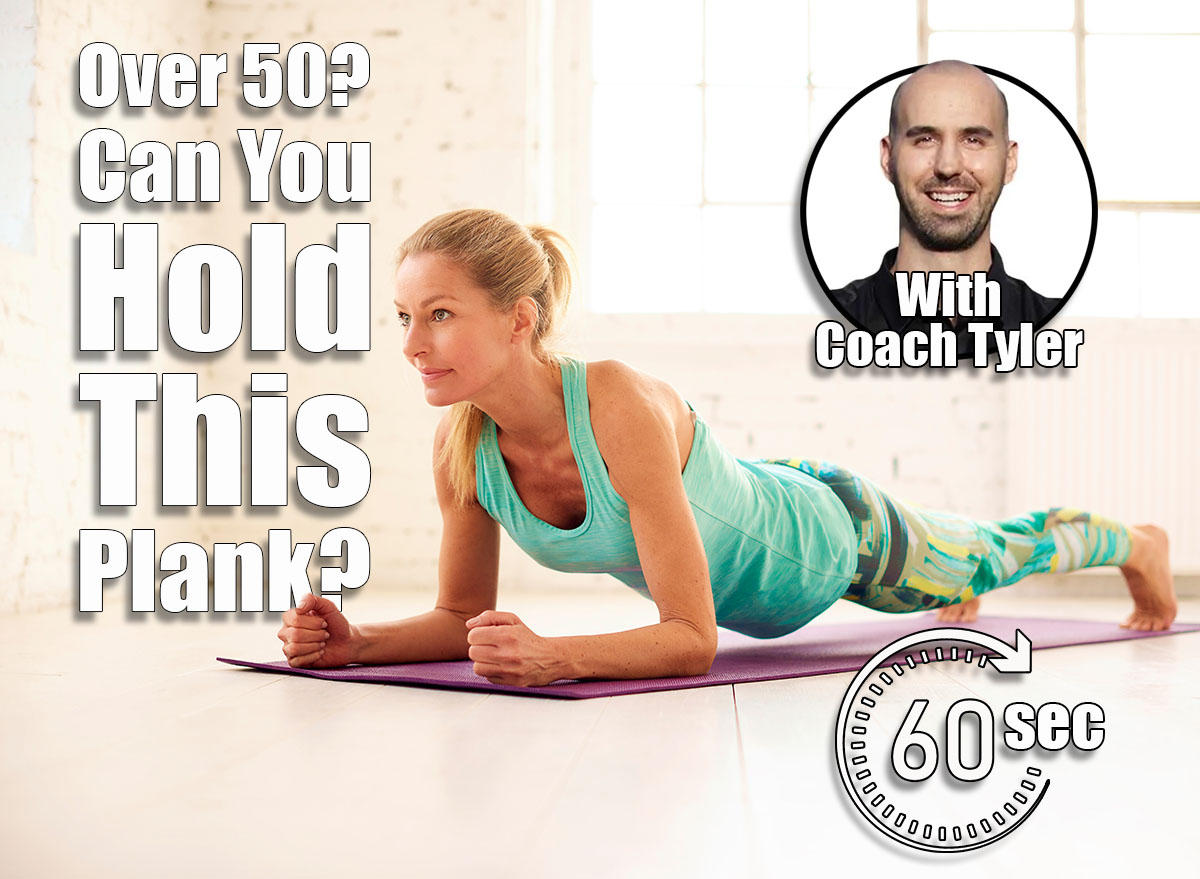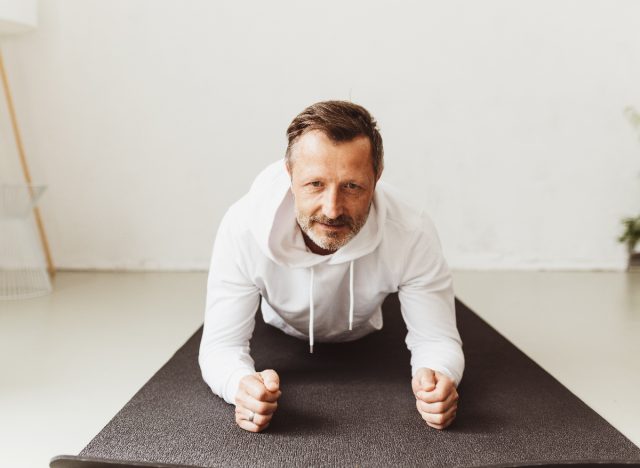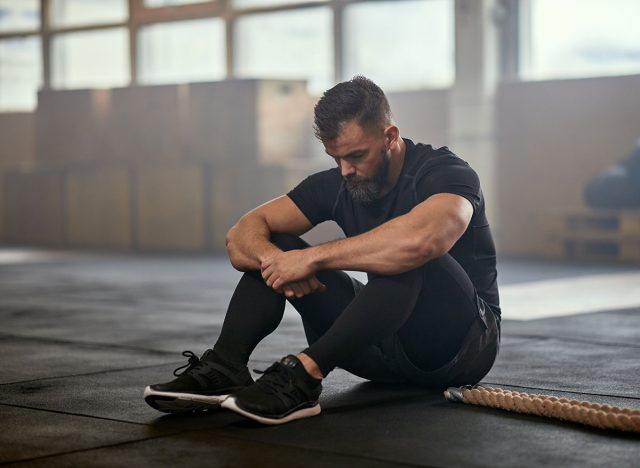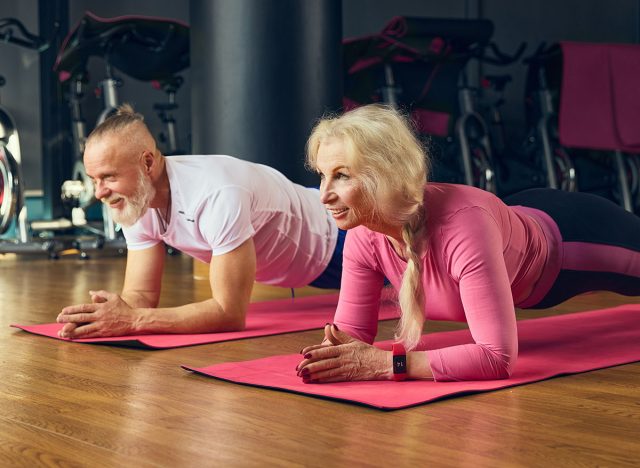If You Can Hold This Plank for 60 Seconds, Your Core Is Elite After 50

No fancy machines. No endless crunches. Just you, the floor, and a single challenge that tells the truth about your core. If you’re over 50 and can hold this plank for 60 seconds with perfect form, your core strength sits in elite territory.
Most people overtrain surface muscles and neglect the deep core, the ones that actually stabilize your spine and protect you from injury. A well-held plank reveals everything: your endurance, your control, and whether your body holds tension where it’s supposed to. Sloppy form, shaking arms, or a sagging back? That’s the body showing you exactly where to work.
I use this with clients to gauge real-world strength. The kind that keeps you pain-free when lifting groceries, walking hills, or getting up from the floor. If you want long-lasting core strength after 50, this one-minute plank sets the standard.
The 60-Second Forearm Plank

The 60-second forearm plank locks in core integrity, shoulder stability, and glute activation. It’s not about surviving the minute, it’s about holding perfect tension the entire time. Break the form, and the clock stops.
How to do it:
- Set a timer for 60 seconds.
- Get into a forearm plank: elbows under shoulders, forearms flat, legs straight behind you.
- Keep your hips level, glutes tight, core braced, and head in line with your spine.
- Hold this position without sagging, piking, or shifting.
What Your Results Mean

60 seconds, clean form:
You’ve built rare strength. That level of control shows your core supports your spine, protects your joints, and responds under stress.
30–59 seconds with form breakdown:
Your base is solid, but weakness creeps in under fatigue. Build endurance and reinforce form to level up.
Under 30 seconds or shaky from the start:
You’re at the beginning, but the path forward is clear. Start with shorter holds, perfect the form, and progress steadily.
Why This Works

Planks train more than your abs. They demand tension through your glutes, quads, shoulders, and even your breathing. When done right, they turn your entire body into one strong, braced unit. That’s the real core function.
At 50 and beyond, core control means more than looking lean. It keeps your spine aligned, improves posture, and powers every movement from walking to lifting to preventing falls. This exercise exposes your weak links and reinforces exactly what real-world strength looks like.
How to Improve Your Score

- Short Plank Holds with Perfect Form
Start with 20–30 second sets. Prioritize quality over time, glutes tight, core braced, no sagging. Stack two to three sets with a rest period between each set. - Plank Shoulder Taps
From high plank, tap one shoulder with the opposite hand without rocking your hips. This builds anti-rotation strength and sharpens body control under load. - Dead Bug Holds
Lie on your back, arms and legs up. Extend one arm and the opposite leg slowly while keeping your lower back pinned to the ground. Dead bugs teach your core to stabilize the spine in a safe, functional way.
Train these 3–4 times per week. Keep your eye on form, not just time. As you improve, the 60-second mark won’t just feel doable, it’ll feel strong, sharp, and automatic.